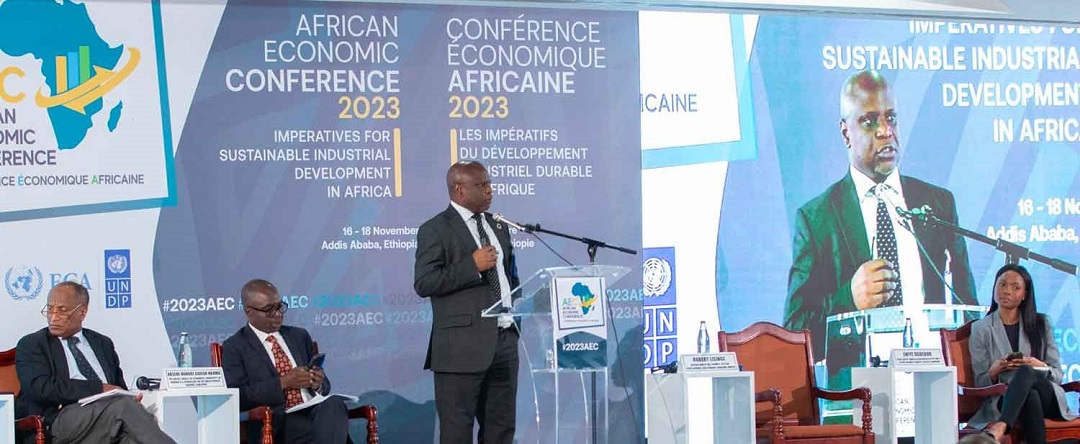PUBLIC-PRIVATE PARTNERSHIPS IN AFRICA’S DEFENCE ECONOMY

Public-private partnerships (PPPs) have emerged as a pivotal mechanism for bolstering Africa’s defence economy, bridging the gap between limited state budgets and the continent’s escalating security demands. These collaborations involve governments partnering with private sector entities to develop, finance, and manage defence-related infrastructure, technology, and services. In a region grappling with diverse threats ranging from insurgencies to maritime piracy, PPPs offer a pragmatic approach to enhancing military capabilities without solely relying on taxpayer funds. Countries like Nigeria, South Africa, and Kenya are increasingly adopting this model, leveraging private expertise to modernize armed forces amid fiscal constraints.
The historical context of Africa’s defence sector reveals a heavy dependence on foreign aid and imports, often from former colonial powers or global superpowers. Post-independence, many African nations inherited underfunded militaries, exacerbated by economic instability and corruption. The end of the Cold War shifted global priorities, reducing direct military assistance and prompting a search for sustainable domestic solutions. PPPs gained traction in the 2000s, inspired by successful models in Europe and Asia, where private firms co-developed advanced weaponry and logistics systems. In Africa, this evolution aligns with broader economic liberalization efforts under frameworks like the African Union’s Agenda 2063.
Related Article: WOMEN IN DEFENSE INDUSTRIES: INNOVATORS, ENGINEERS, AND LEADERS
One of the primary drivers of PPPs in Africa’s defence economy is the need for technological innovation. Private companies bring cutting-edge advancements in drones, cybersecurity, and artificial intelligence, which state-owned enterprises often lack the agility to produce. For instance, South Africa’s Denel has partnered with international firms like Airbus to co-produce military helicopters, fostering local job creation and skill transfer. Similarly, Nigeria’s collaboration with private drone manufacturers has enhanced surveillance capabilities against Boko Haram. These partnerships not only accelerate procurement but also reduce dependency on volatile foreign suppliers.
Infrastructure development forms another cornerstone of defence PPPs. Vast territories and porous borders necessitate robust logistics networks, including airbases, naval facilities, and supply chains. In Kenya, PPPs have facilitated the upgrade of the Lamu Port under the LAPSSET corridor project, integrating civilian and military uses to combat Somali-based threats. Private investment covers upfront costs, with governments repaying through long-term concessions or revenue sharing. This model mitigates budgetary strains, allowing funds to be redirected toward personnel training and operational readiness.
Despite these advantages, challenges abound in implementing defence PPPs across Africa. Regulatory frameworks are often underdeveloped, leading to risks of corruption, opaque contracts, and unequal benefit distribution. In nations with weak governance, such as the Democratic Republic of Congo, private partners may exploit mineral-rich regions for security contracts, blurring lines between defence and resource extraction. Additionally, intellectual property disputes and technology transfer failures can hinder long-term self-sufficiency, perpetuating a cycle of external reliance.
Successful case studies highlight the potential for transformative impact. Rwanda’s partnership with Israeli firms for cybersecurity and drone technology has positioned it as a regional leader in defence innovation, despite its small size.
Ethiopia’s collaboration with Turkish companies on unmanned aerial vehicles has bolstered its military posture in the Horn of Africa. These examples demonstrate how PPPs can align with national development goals, creating dual-use technologies that benefit civilian sectors like agriculture and healthcare.
The economic ripple effects of defence PPPs extend beyond security. They stimulate local industries through subcontracting, generating employment and fostering a skilled workforce. In Morocco, partnerships in aerospace manufacturing have created thousands of jobs and boosted exports. Moreover, these initiatives attract foreign direct investment, signaling stability to global markets. However, equitable distribution remains crucial to avoid exacerbating inequalities, particularly in rural areas where defence projects are often concentrated.
The future of PPPs in Africa’s defence economy hinges on strengthened governance, regional cooperation, and ethical safeguards. The African Continental Free Trade Area could facilitate cross-border partnerships, pooling resources for joint ventures in arms production. As geopolitical tensions rise, with influences from China, Russia, and the West, African nations must prioritize sovereignty in these deals. Ultimately, well-structured PPPs promise a resilient defence posture, contributing to peace, stability, and prosperity across the continent.
King Richard Igimoh, Group Editor ALO
King Richard Igimoh, Group Editor African Leadership Organisation is an award-winning journalist, editor, and publisher with over two decades of expertise in political, defence, and international affairs reporting. As Group Editor of the African Leadership Organisation—publishers of African Leadership Magazine, African Defence & Security Magazine, and Africa Projects Magazine—he delivers incisive coverage that amplifies Africa’s voice in global security, policy, and leadership discourse. He provides frontline editorial coverage of high-profile international events, including the ALM Persons of the Year, the African Summit, and the African Business and Leadership Awards (ABLA) in London, as well as the International Forum for African and Caribbean Leadership (IFAL) in New York City during the United Nations General Assembly.
Recent Posts
Categories
- Air & Aerospace15
- Border Security14
- Civil Security3
- Civil Wars4
- Crisis4
- Cyber Security4
- Defense15
- Diplomacy17
- Entrepreneurship1
- Events5
- Global Security Watch6
- Industry6
- Land & Army7
- Leadership & Training3
- Military Aviation2
- Military History27
- Military Speeches1
- Naval & Maritime8
- Resources1
- Security12
- Special Forces1
- Systems And Technology8
- Tech6
- Uncategorized3
- UNSC1
- Veterans6
- Women in Defence9
Related Articles
WOMEN IN DEFENCE: THE RISE OF WOMEN IN AFRICAN PARAMILITARY FORCES
The integration of women into African paramilitary and defence forces marks a...
ByKing Richard Igimoh, Group Editor ALOOctober 29, 2025Defence Chief Reaffirms Military’s Commitment to National Unity as Civil Forums Rally Behind AFN
In a display of growing civil-military solidarity, Nigeria’s Chief of Defence Staff...
ByKing Richard Igimoh, Group Editor ALOOctober 15, 2025AFRICAN WOMEN IN MILITARY INTELLIGENCE – UNSUNG STRATEGISTS
Behind every secured border, every intercepted threat, and every act of national...
ByKing Richard Igimoh, Group Editor ALOOctober 14, 2025THE ROLE OF THE NIGERIAN DEFENCE ACADEMY IN TRAINING LEADERS
The Nigerian Defence Academy (NDA), established on February 5, 1964, in Kaduna,...
ByKing Richard Igimoh, Group Editor ALOOctober 13, 2025















Leave a comment